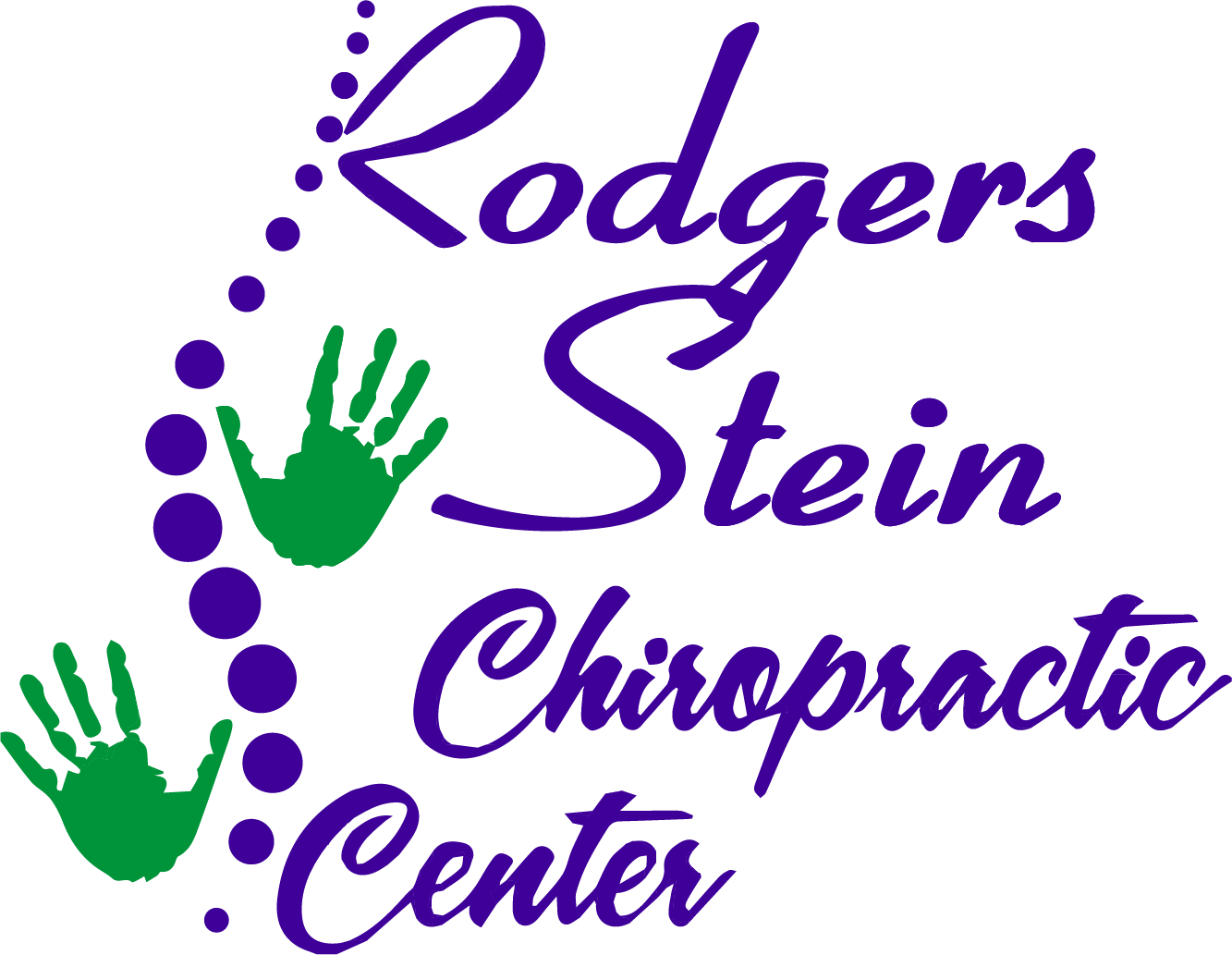You might be surprised to learn that natural pain relief isn't just a myth; it's a practical approach many are using today. By understanding the types of pain you experience and exploring remedies like herbal treatments, dietary changes, and mind-body techniques, you can take a significant step towards managing discomfort more effectively. But what are the most effective strategies, and how can you incorporate them into your daily routine? The answers might be simpler than you think, and they could change the way you approach pain management.
Understanding Pain Types
When you experience pain, it's important to recognize that not all pain is the same. Pain can be classified into various types, each with its own characteristics and underlying causes. Understanding these differences can help you identify the best way to address your discomfort.
Acute pain is typically sharp and sudden, often resulting from an injury, surgery, or illness. This type of pain serves as a warning signal, alerting you to potential harm. It usually lasts a short time and resolves as your body heals.
On the other hand, chronic pain persists for weeks, months, or even years. This type can stem from ongoing conditions like arthritis or fibromyalgia, and it often requires a different approach to management.
Another type is neuropathic pain, which arises from nerve damage or dysfunction. You might feel this as burning, tingling, or shooting sensations. Understanding that neuropathic pain can differ from acute or chronic pain is vital for choosing effective treatments.
Finally, you may encounter referred pain, where you feel discomfort in one area of your body, but the source of the pain is elsewhere. For instance, shoulder pain can result from a problem in your neck.
Recognizing these various types of pain is the first step toward effective management. By understanding what you're dealing with, you can make informed decisions about your pain relief strategies, whether they're lifestyle changes, therapies, or seeking professional help.
Herbal Remedies for Relief
Recognizing the type of pain you're experiencing can guide you toward the most effective relief options, including herbal remedies. These natural alternatives have been used for centuries and can often provide significant relief without the side effects associated with pharmaceuticals.
For inflammatory pain, consider turmeric. Its active compound, curcumin, has powerful anti-inflammatory properties. You can take it as a supplement or add it to your meals for a flavorful kick.
Ginger is another excellent choice, known for its ability to reduce muscle soreness and joint pain. You can brew fresh ginger tea or incorporate it into your cooking.
If you're dealing with headaches, look into peppermint oil. Applying diluted peppermint oil on your temples can help ease tension and improve blood circulation.
Willow bark is another traditional remedy for headaches and lower back pain, often referred to as nature's aspirin.
For nerve pain, you might want to try St. John's Wort. This herb has shown promise in alleviating nerve-related discomfort. You can find it in tinctures or capsules.
Always consult with a healthcare professional before starting any herbal remedy, especially if you're on medication, as interactions can occur.
Also, pay attention to your body. If a particular herb doesn't work for you or causes adverse effects, don't hesitate to try something else.
With the right approach, you can find a natural solution that fits your needs and helps you reclaim your comfort.
Mind-Body Techniques
When it comes to managing pain, mind-body techniques like meditation and guided imagery can be incredibly powerful.
These practices help you connect your mental state with your physical well-being, often leading to significant relief.
Meditation for Pain Relief
Many people find that meditation can be a powerful tool for pain relief, tapping into the mind-body connection to alleviate discomfort. By focusing your attention and calming your mind, you can create a sense of peace that helps manage pain. You don't need to be an expert to begin; simply find a quiet space where you can sit comfortably.
Start by closing your eyes and taking deep breaths. Inhale slowly through your nose, feeling your abdomen expand, then exhale through your mouth. With each breath, visualize tension leaving your body. It's helpful to focus on the areas where you feel pain, acknowledging it without judgment. Instead of resisting the discomfort, try to observe it.
As you meditate, you may notice your pain levels decrease. This occurs because meditation encourages relaxation, which can reduce muscle tension and enhance your body's natural pain-relief responses.
Regular practice can also improve your overall emotional resilience, making it easier to cope with pain when it arises. So why not give meditation a try? You might discover a valuable tool that empowers you to manage pain more effectively.
Guided Imagery Practices
Guided imagery practices are effective mind-body techniques that can help you manage pain by harnessing the power of your imagination. By mentally visualizing calming scenes or experiences, you can create a sense of relaxation that reduces your perception of pain.
To practice guided imagery, find a quiet space where you won't be disturbed. Close your eyes and take a few deep breaths. Picture a serene landscape, like a peaceful beach or a lush forest. Focus on the details—the sound of waves or the scent of pine trees. Allow yourself to immerse in these sensations, letting them wash over you.
You can also use recordings or apps that guide you through imagery exercises, making it easier to get started.
As you engage in these practices regularly, you'll likely notice a decrease in your pain levels and an increase in your overall well-being.
Essential Oils and Pain Relief
Essential oils have gained popularity for their ability to provide natural pain relief, offering a holistic alternative to traditional medications. These concentrated plant extracts can help alleviate various types of pain, from headaches to muscle soreness.
By using essential oils, you can tap into their therapeutic properties and find relief without the side effects that come with many pharmaceuticals.
Here are three essential oils you might want to take into account for pain relief:
- Lavender Oil: Known for its calming effects, lavender oil can help ease tension headaches and promote relaxation, making it a great choice for stress-related pain.
- Peppermint Oil: The cooling sensation of peppermint oil makes it effective for headaches and muscle aches. It can also improve circulation, which may help with pain relief.
- Eucalyptus Oil: This oil is great for reducing inflammation and can be effective in alleviating joint pain. Its soothing properties can also help with respiratory issues that can accompany chronic pain.
To use these oils effectively, think about diffusing them in your space, adding them to a warm bath, or mixing them with a carrier oil for topical application.
Always perform a patch test before applying them directly to your skin. With the right essential oils in your toolkit, you can find a natural way to manage pain and enhance your overall well-being.
Dietary Changes for Pain Management
How can what you eat influence your pain levels? The food you choose can greatly impact inflammation, which often drives pain. By making specific dietary changes, you can help manage your discomfort more effectively.
First, focus on incorporating anti-inflammatory foods into your meals. Foods rich in omega-3 fatty acids, like salmon, walnuts, and flaxseeds, can help reduce inflammation. Leafy greens, berries, and nuts are also excellent choices. These foods not only nourish your body but may also alleviate pain over time.
On the flip side, try to avoid processed foods, refined sugars, and trans fats. These can trigger inflammation and worsen pain. When you cut back on these items, you might notice a reduction in discomfort. Instead, opt for whole grains, lean proteins, and healthy fats, which can support your overall health.
Don't forget hydration. Drinking enough water is essential for maintaining joint lubrication and reducing stiffness. Aim for at least eight glasses a day, and consider herbal teas for added benefits.
Lastly, consider the timing of your meals. Eating smaller, more frequent meals can help stabilize blood sugar levels, preventing energy crashes and subsequent pain flare-ups.
Physical Therapies and Exercises
In addition to dietary changes, incorporating physical therapies and exercises can considerably enhance your pain management strategy. Engaging in regular physical activity not only strengthens your body but also helps alleviate pain by increasing blood flow and promoting the release of endorphins, your body's natural painkillers.
Here are three effective approaches to ponder:
- Stretching: Incorporate daily stretching routines to improve flexibility and reduce muscle tension. Focus on areas that often hold tightness, like the neck, shoulders, and back. Aim for at least 10-15 minutes of gentle stretching each day.
- Strength Training: Building muscle strength can provide better support to your joints and reduce strain. Start with bodyweight exercises or resistance bands, focusing on major muscle groups. Aim for two to three sessions a week, allowing a day of rest in between.
- Low-Impact Aerobic Exercises: Activities like walking, swimming, or cycling are excellent for maintaining cardiovascular health without putting too much stress on your joints. Aim for at least 150 minutes of moderate aerobic activity each week, broken down into manageable sessions.
Lifestyle Adjustments for Comfort
Making simple lifestyle adjustments can greatly improve your comfort and reduce pain.
By focusing on diet, incorporating movement, and managing stress, you can create a supportive environment for your body.
Let's explore some effective strategies that can help you feel better every day.
Diet and Nutrition Tips
Eating the right foods can greatly ease your discomfort and enhance your overall well-being. Nutrition plays an essential role in how your body responds to pain. By making mindful dietary choices, you can support your body's natural healing processes and reduce inflammation.
Here are three nutrition tips to help you manage pain:
- Incorporate Anti-Inflammatory Foods: Add foods rich in omega-3 fatty acids, like salmon and walnuts, as well as colorful fruits and vegetables, such as berries and spinach. These help lower inflammation and provide important nutrients.
- Stay Hydrated: Drinking plenty of water is imperative. Dehydration can increase discomfort and hinder your body's ability to function effectively. Aim for at least eight glasses a day, adjusting based on your activity level.
- Limit Processed Foods: Cut back on sugar, refined carbs, and trans fats. These can contribute to inflammation and exacerbate pain. Focus on whole, unprocessed foods that nourish your body instead.
Exercise and Movement Practices
Regular exercise and movement can greatly improve your comfort levels and help manage pain. Engaging in physical activity releases endorphins, which are natural painkillers. It's important to find activities you enjoy, whether it's walking, swimming, or yoga. These can be gentle yet effective ways to boost your mood and reduce discomfort.
Incorporating movement into your daily routine doesn't have to be intimidating. Start with short sessions and gradually increase the duration as you feel more comfortable. Stretching can also play a vital role in alleviating pain by enhancing flexibility and reducing tension in your muscles.
Don't forget about the importance of proper posture during daily activities. Maintaining good posture can greatly lessen the strain on your body, especially if you spend long hours sitting.
Consider adding strength training to your routine, as building muscle can provide better support for your joints.
Finally, listen to your body. If something doesn't feel right, adjust your movements accordingly. Staying active is key to feeling better, so make a commitment to yourself and keep moving. You'll likely discover that regular exercise can be a powerful ally in your pain management journey.
Stress Management Techniques
Finding effective ways to manage stress can greatly enhance your overall comfort and well-being.
By implementing a few simple techniques, you can reduce stress and improve your quality of life.
Here are three powerful stress management strategies you can start using today:
1. Mindfulness Meditation: Take a few minutes each day to practice mindfulness.
Focus on your breath and observe your thoughts without judgment.
This simple practice can help you stay grounded and reduce anxiety.
2. Deep Breathing Exercises: Whenever you feel overwhelmed, pause and take deep breaths.
Inhale slowly through your nose, hold for a moment, and exhale through your mouth.
This technique activates your body's relaxation response, helping to lower stress levels.
3. Structured Time for Relaxation: Schedule regular 'me time' into your week.
Whether it's reading a book, taking a walk, or enjoying a hobby, giving yourself permission to relax can considerably lighten your mental load.
Conclusion
By exploring these natural pain relief strategies, you can take charge of your well-being and find effective ways to manage discomfort. Incorporating herbal remedies, practicing mindfulness, and adjusting your diet can greatly enhance your quality of life. Don't forget to experiment with essential oils and physical therapies tailored to your needs. Remember, small lifestyle changes can lead to big improvements in how you feel. Embrace these holistic approaches and open up a healthier, pain-free you!



